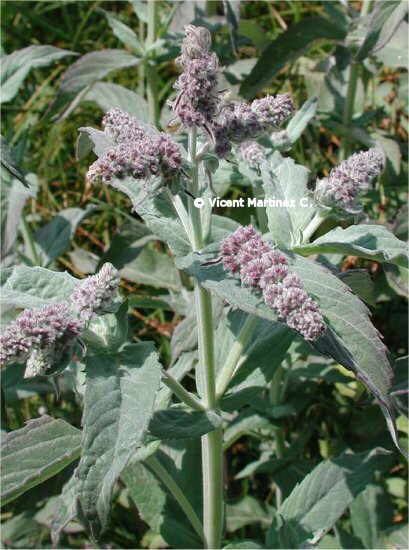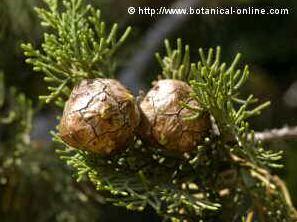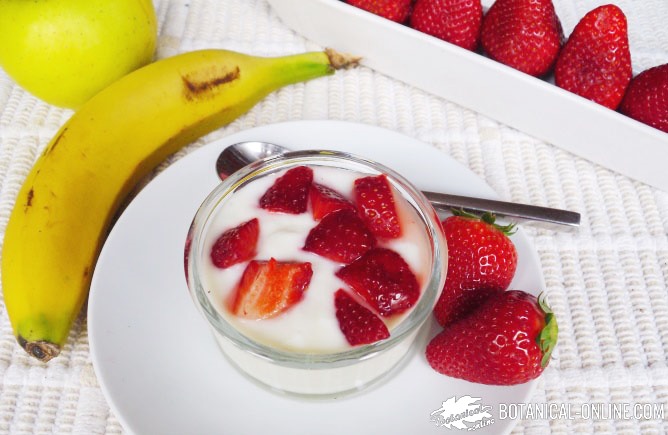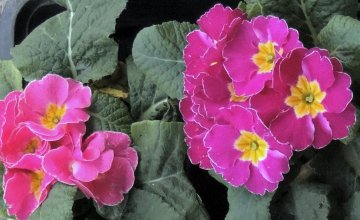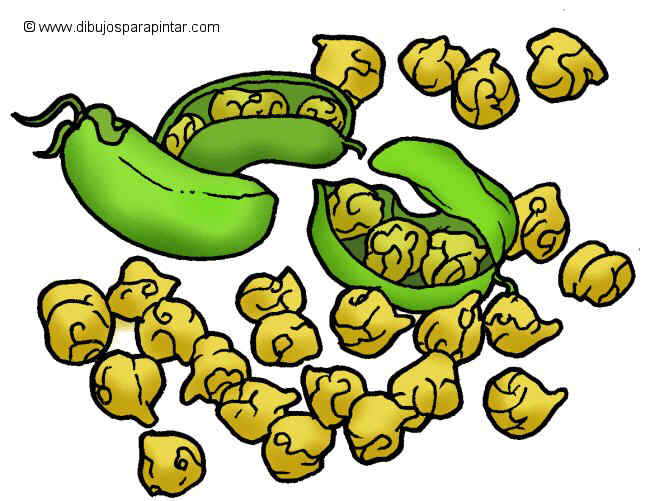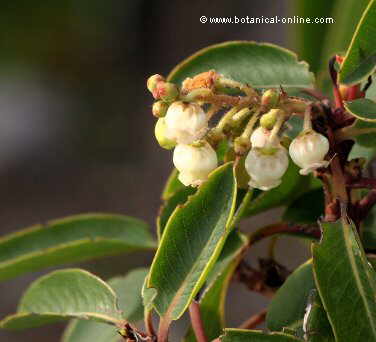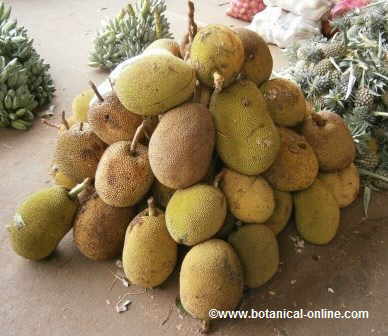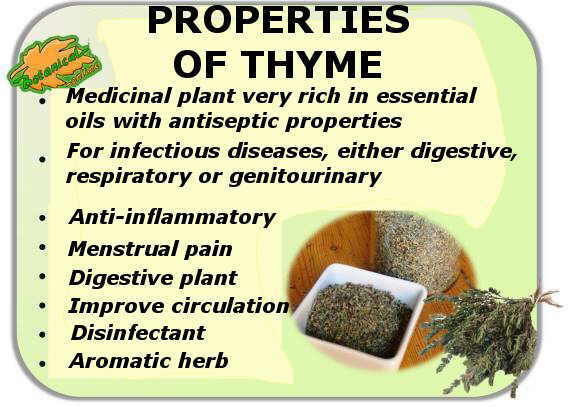Herbal treatment of swine flu
Phytotherapy: medicinal plants preparations for swine flu
Phytotherapy in the treatment of swine flu focuses on the use of a series of preparations with plants that meet the following purposes:
– Plants that help inhibit the growth of viruses in general.
– Plants that help to reduce the symptoms of the disease.
Internal use
– Garlic: (Allium sativum L.) It Is one of the first antiviral resources, so it might be helpful in reducing transmission. Remember that this food has been used at other times of major infections in history. See general study on garlic (raw in salads)
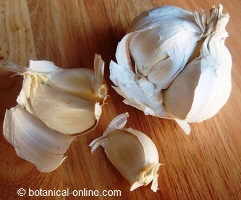
Garlic
– Liquorice (Glycyrhrriza glabra) glycyrrhizin capacity to inhibit the growth of viruses has been used to combat a range of virus-like diseases. (Make a decoction with a teaspoon of dried root per cup of water. Take three glasses per day maximum). Consult contraindications in the complete study of the plant.
– Echinacea (Echinacea) The antiviral and antimicrobial properties of echinacea can be used to treat respiratory diseases. (1000 mg daily supplement of echinacea over 5 doses)
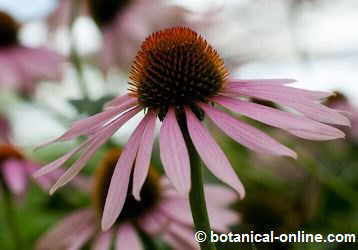
Garlic
– Birch: (Betula alba L.) The birch has anti-fever properties that can be used to reduce fever in respiratory diseases such as influenza, cold, etc. (Decoction of a teaspoon of dry crust crumbled by water cup. To take three cups to the day)
– Ginger: (Zingiber officinale) Very useful to relieve nasal congestion and to alleviate the pain that occur in the joints as a result of an accumulation of toxins produced by microorganisms that cause influenza. (Infusion of one teaspoon of dried root glass of water. Take a couple of glasses a day. Add the juice of half a lemon to enhance its value.)
– Mint (Mentha x piperita) Mint is rich in menthol, a diaphoretic and decongestant component, ie increases the production of sweat and clears the airways.
These properties have been used in the treatment of flu and cold as it is able to lower fever by evaporation of the body heat and open the lungs airways. (Infusion for 10 minutes a teaspoon of the dried plant. Drink two glasses per day)
– Hibiscus: (Hibiscus sp.) Useful to reduce coughing. (Warm steam of hibiscus that are made by adding a few drops of extract of hibiscus in the bath water)
– Lavender (Lavandula officinalis, lavandula latifolia) Its antiviral, antibacterial and bacteriostatic properties have been proven effective in vitro resulting in the elimination and inhibition of many bacteria and viruses responsible for respiratory diseases. (15-minute infusion of a spoonful of dried flowers per cup of water. Take hot and sweetened with honey)
– Honeysuckle: (Lonicera caprifolium) The flowers of this plant have adequate properties for the treatment of respiratory diseases. Basically its wealth of carvacrol, geraniol and chlorogenic acid give antiseptic properties.
Carvacrol and luteolin are antitussive, and all these components have anti-inflammatory properties. (Infusion of a spoonful of dried flowers per cup of water for 15 minutes Take a couple of cups a day, sweetened with honey)
– Eucalyptus: (Eucalyptus globulus) It helps improve the symptoms of this disease, allowing for better breathing and reducing the discomfort it causes. (Cook 3 g of dried leaves per cup of water. 2 cups a day, sweetened with honey)
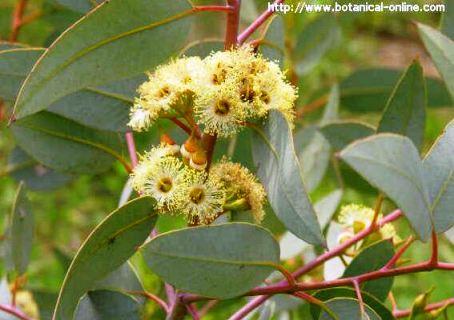
Eucalyptus
– Linden (Tilia x europaea, Tilia platyphyllos, Tilia cordata): Linden flowers have diaphoretic properties, That’s to say, they are able to increase the body sweat. The increase in body heat can help facilitate the treatment of influenza and other diseases of the respiratory status (infusion of half a teaspoon of dried flowers per cup of water. Take a couple of cups a day.)
– Rosemary: (Rosmarinus Officinalis L.) It promotes recovery from respiratory diseases. (Infusion of dried leaves and flowers. Three cups a day)
Common verbena: (Verbena officinalis L.) (Cooking for 25 minutes 100 grams of dried leaves per liter of water. 2 cups a day)
![]() More information on the influenza and its natural treatment.
More information on the influenza and its natural treatment.

